Pumpkin leaves are prickly. Anyone who has grown pumpkin or squash knows it is best handled with long sleeves and gloves, for even though the prickles are small, they are very scratchy and pointed. But when the pumpkin leaves are cooked, the texture is very much like any green, such as collards or kale or beet tops. The prickles disappear. That is similar to stinging nettles, which was a first forage food for me this year too. They were delicious sauteed in butter and garlic, with a little salt and pepper, and no sting!
I picked both young and mature pumpkin leaves, because I was trimming the runners so no more fruits would develop and the plant could send its energy and nutrients to the fruits already on the vines. The animals leave the leaves alone, likely due to the prickles, but I gave them the vines. The goats ate them, of course. They can even eat stinging nettles and Canada Thistles!
The pumpkin leaves were washed well in warm water and then cut into bits. That was accomplished by taking the largest leaf and laying the rest on it, then rolling the whole thing up. I sliced through the roll and voila! the leaves were cut exactly right. Today, I just did a simple dish with them, cooking the cut leaves with buckwheat. The buckwheat cooked before the leaves, because the only one I had was a cereal, similar to instant oats, though still in chunks. I let it sit for a while, but the pumpkin and squash leaves could have cooked a bit longer. All I added was a dollop, a large one at that, of some butter, salt and pepper.
It is really good! Next time, I will pre boil the leaves slightly before adding the buckwheat, and possibly sautee some onion and garlic to add as well. Tonight I served the buckwheat and pumpkin leaf dish with 24 hour stove top roast goose and scrumptious gravy. I already ate the coleslaw I made because I was starving waiting for the delciousness to be ready. Tomorrow, I am going to cook carrot tops.
I had been doing some research on edible plants and learned that pumpkin and squash leaves are regularly eaten in other countries. There is a pumpkin leaf and rice roll I would like to try, maybe adding a little of the farm's own smoked pork to the rice and some Asian spices and flavours. I do not have green onions, but the chives are still going strong, so some chopped parsley, carrot tops, chives and of course, garlic (did I mention I love garlic?) will be included in those rolls. Carrot tops have more nutrition than the roots. Pumpkin leaves are right up there too! I am considering drying some and shredding them for inclusion in winter soups and stews.
So, how about it? Would you eat pumpkin or squash leaves?

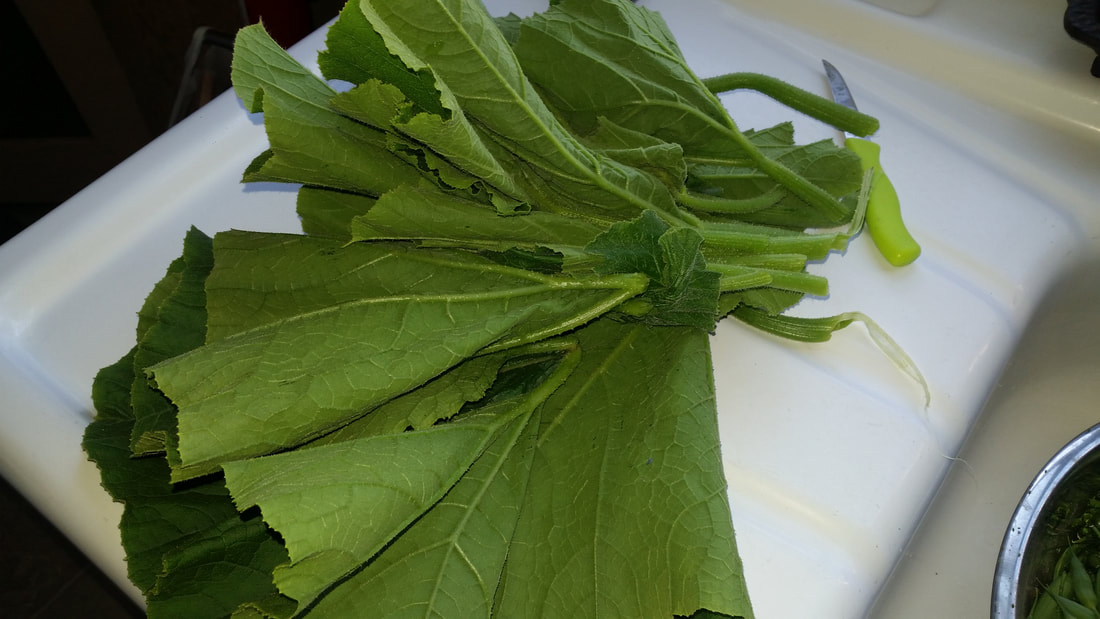
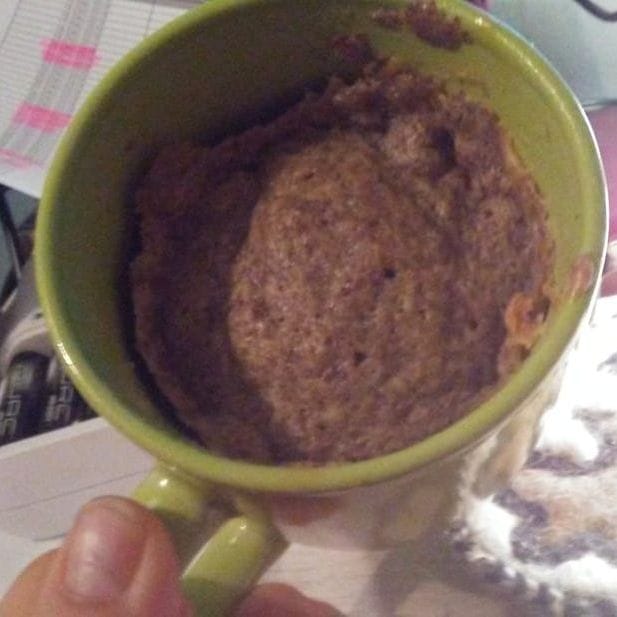
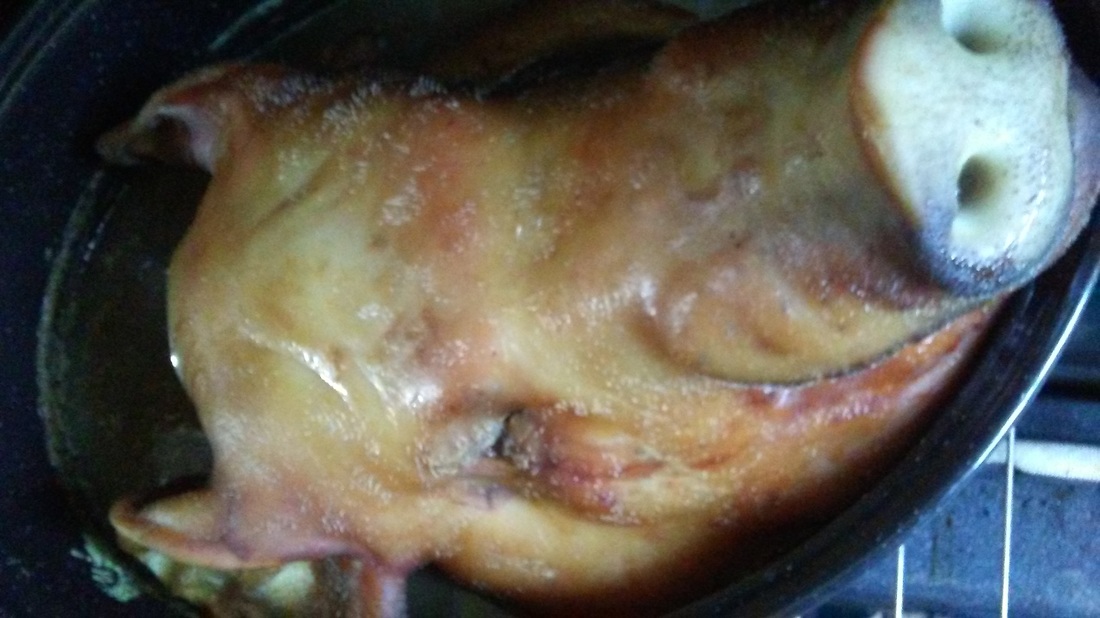
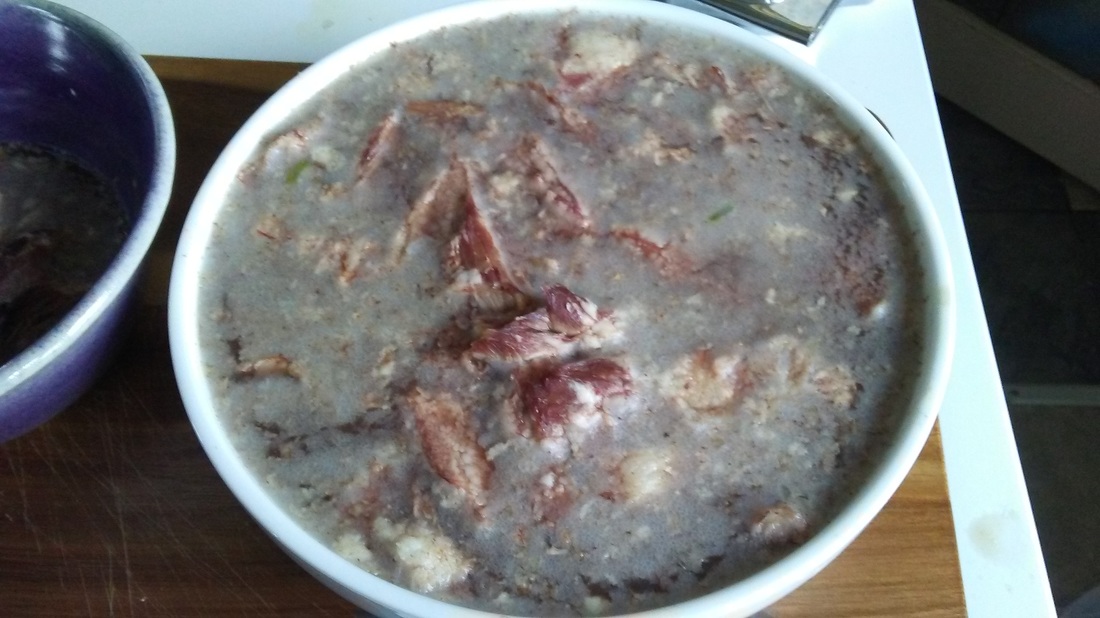
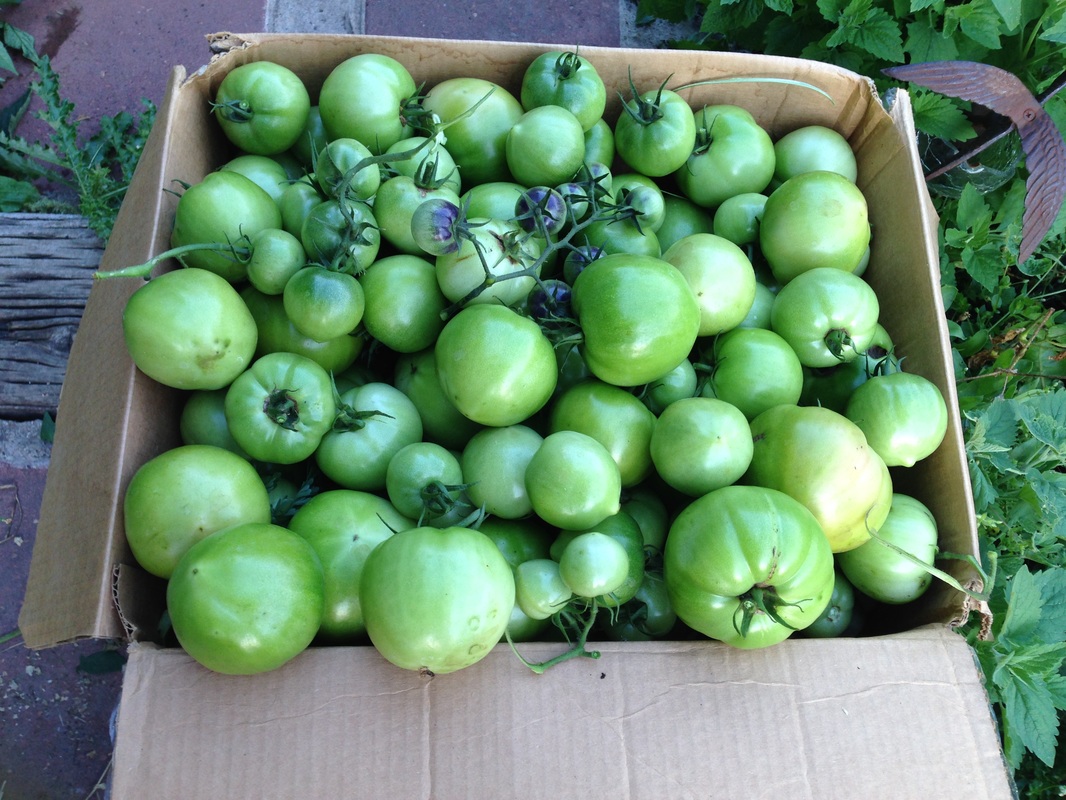
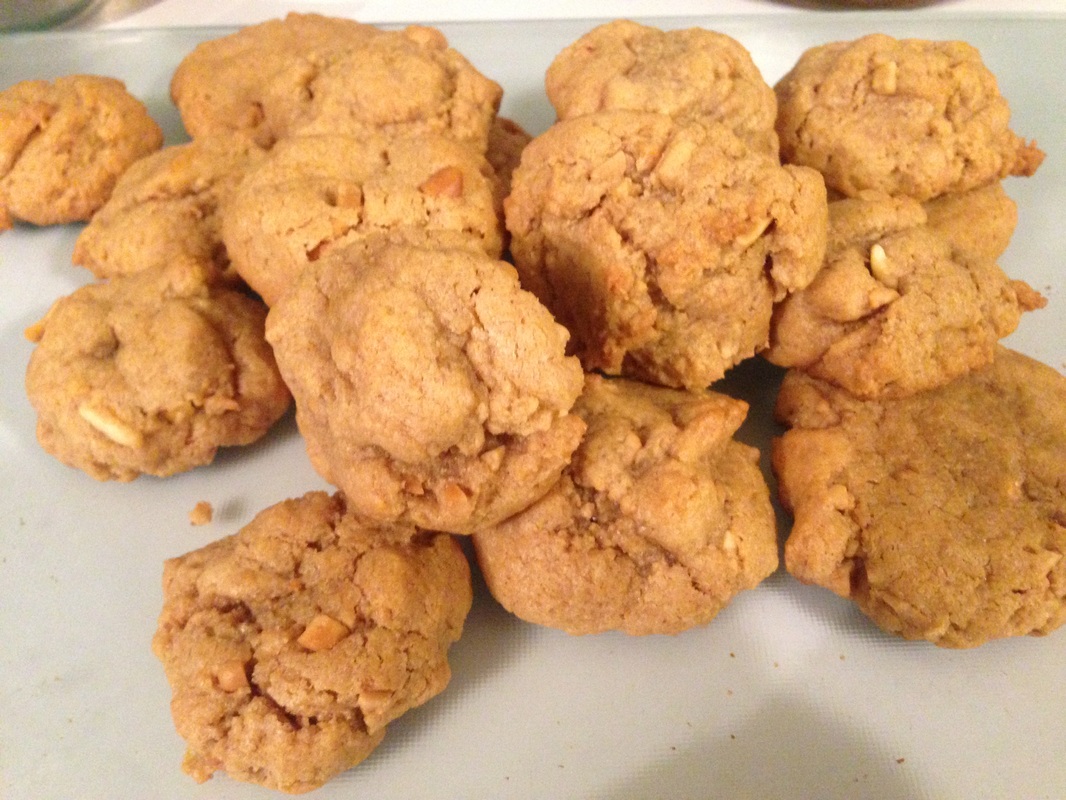
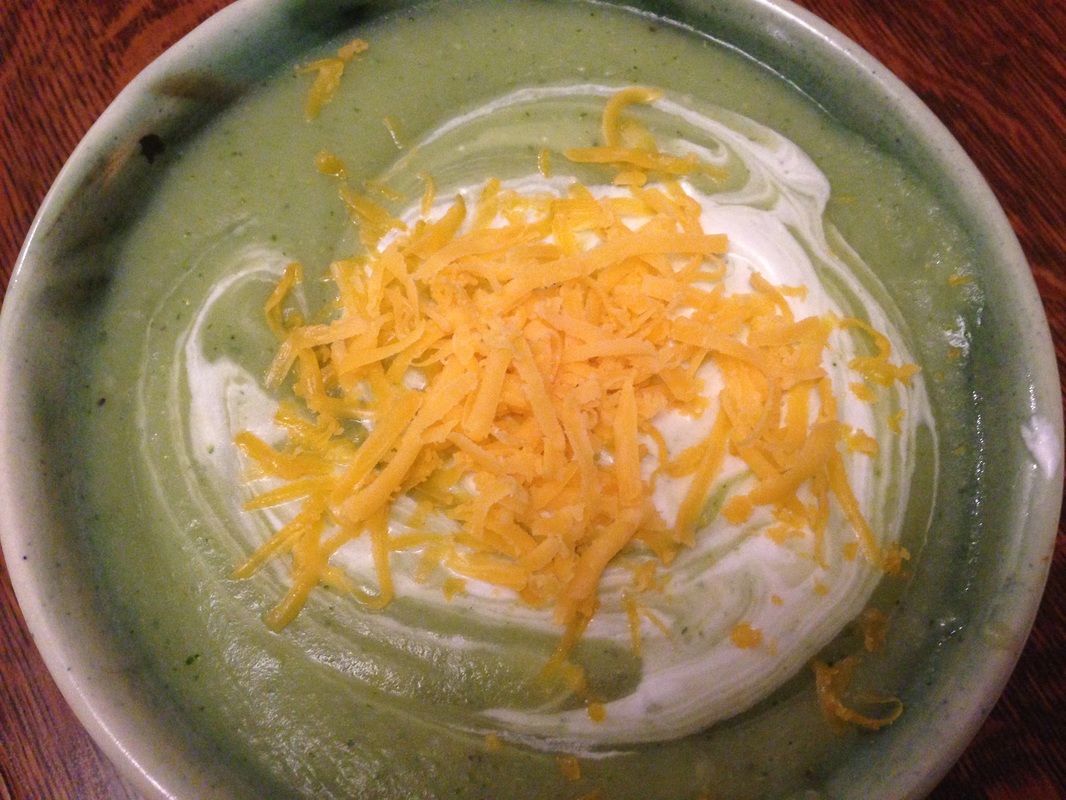
 RSS Feed
RSS Feed